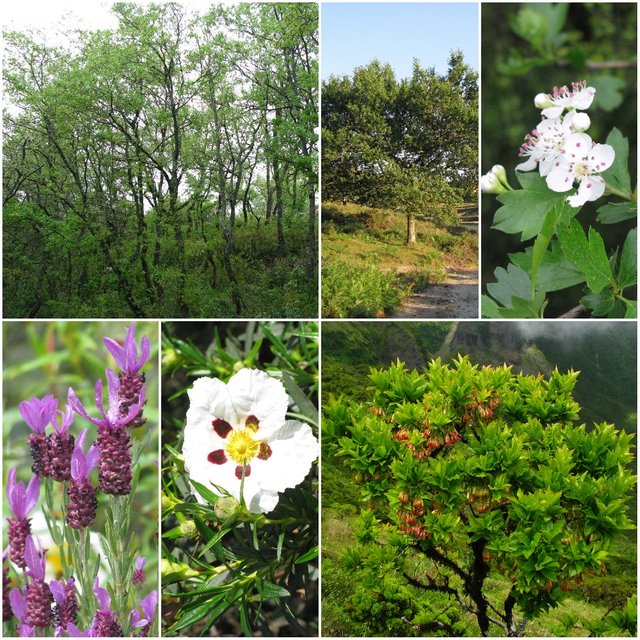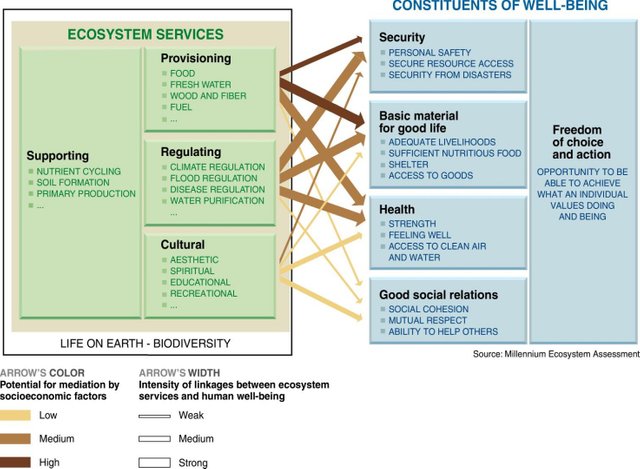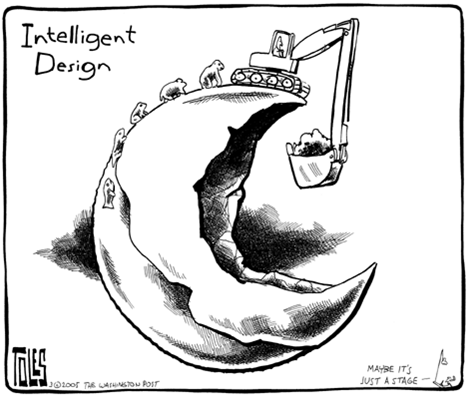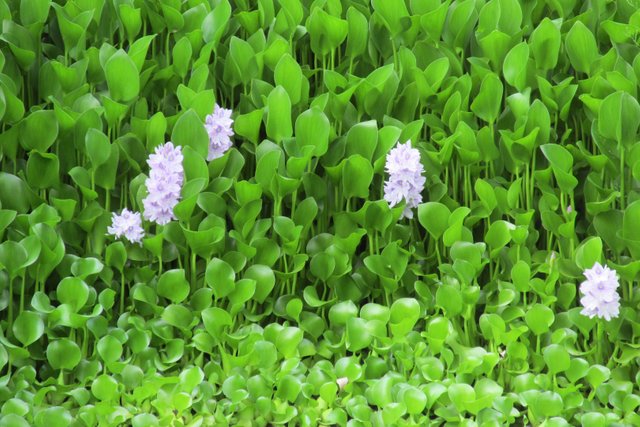Biodiversity - why we can not allow it's loss
What is biodiversity and why it is so important
Biological diversity or biodiversity is the variety of living organisms from all sources, including terrestrial, marine and other aquatic ecosystems and the ecological complexes of which they are part (includes diversity within species, between species and of ecosystems).

It benefits people with contributing to material welfare and livelihoods, but most important it contributes to security, resiliency, social relations, health, and freedom of choices and actions.
Basically, biodiversity plays a critical role in underpinning ecosystem services!!
Ecosystem services:
PROVISIONING
Goods produced or provided by ecosystems (e.g. food, water, fiber, genetic resouces, and fuel)
REGULATING
Benefits obtained from regulation of ecosystem processes (e.g. air quality regulation, climate regulation, water purification, pest and disease regulation, pollination)
CULTURAL
Non-material benefits from ecosystems (e.g. spiritual, aesthetic, inspiration, sense of place, recreation, and education)
SUPPORTING
Such as soil formation, photosynthesis, and nutrient cycling.

Linkages among Biodiversity, Ecosystem Services, and Human Well-being (Source: MEA - Ecosystems and Human Well-Being, 2005 - pag. 19)
The Millennium Ecosystem Assessment (MEA), carried out between 2001 and 2005, involved more than 1,360 experts worldwide to assess the consequences of ecosystem change for human well-being and to establish the scientific basis action needed to enhance the conservation and sustainable use of ecosystems and their contributions to human well-being.
Main findings of the MEA
1 - Over the past 50 years, humans have changed ecosystems more rapidly and extensively than at any time in human history, to satisfy the growing demands for food, fresh water, timber, fiber and fuel.
2 - Many people have benefited from the conversion of natural ecosystems to human-dominated ecosystems, with gains in human well-being and economic development, but with growing costs in the form of losses in biodiversity and degradation of many ecosystem services.
3 - The most important direct drivers of biodiversity loss and ecosystem service change are habitat change (land use changes and physical modification of rivers or water withdrawal from rivers), overexploitation, invasive alien species, pollution, and climate change.
4 - Degradation of ecosystems could grow worse but can be reversed.
5 - Workable solutions will require significant changes in policy.

Washington Post, March 30th, 2005
Where do we stand now?
In the 10th meeting of the Conference of the Parties, held from 18 to 29 October 2010, in Nagoya (Aichi Prefecture, Japan) it was adopted a revised and updated Strategic Plan for Biodiversity, including the Aichi Biodiversity Targets, for the 2011-2020 period.
The vision for the new plan is: "Living in Harmony with Nature" where "By 2050, biodiversity is valued, conserved, restored and wisely used, maintaining ecosystem services, sustaining a healthy planet and delivering benefits essential for all people"
Useful information on Strategic Plan for Biodiversity, 2011-2020: Key Elements and Implementation of Strategic Plan for Biodiversity 2011-2020,.
Next time I will write about INVASIVE ALIEN SPECIES, my election theme

Sources: Millennium Ecosystem Assessment, 2005 and Strategic Plan for Biodiversity 2011-2020. Photos are from my authorship and totally plant biased, as it is my passion subject!
INVASIVE ALIEN SPECIES! Yes, can you come and collect all these grey squirrels in Scotland and take them away please. Thank you :)
I would like to see those bastard! Already have heard about them...but i'm more a plant person 😉
They are rife everywhere and killing all the native Scottish red squirrels! Bad nutty things! GRRRRRR!
Yes, exactly. That's the problem of introduced species that become invasive! Same happens with some introduced plants and other organisms!
Fortunately, in Portugal, we only have the red squirrel, and they're some results showing the populations are increasing.
Glad the reds are doing well where you are! Fish in our rivers too! CRAZY!!
I'm so glad that you are aware of this problem! When people understand the negative implications of introducing species elsewhere, they start behaving and taking only pictures, instead of plants/animals! :))
Muito bom @liliana.duarte
Obrigada!! :))
Hope other steemians like it too! I wanted to start writing about invasive species, but first I thought this one should fit better to give an understanding of what underlies biodiversity, as invasive species are one of the main threats to it!